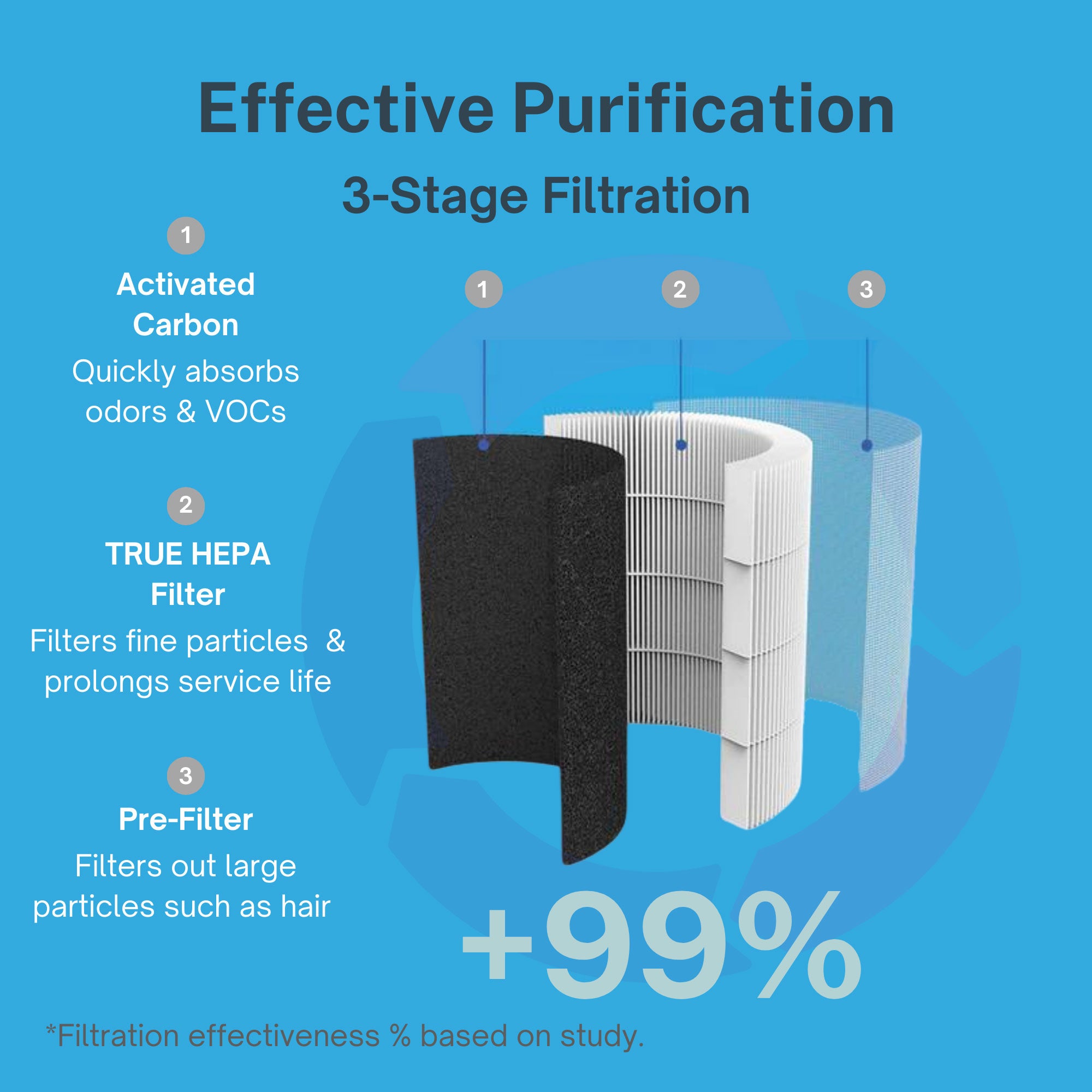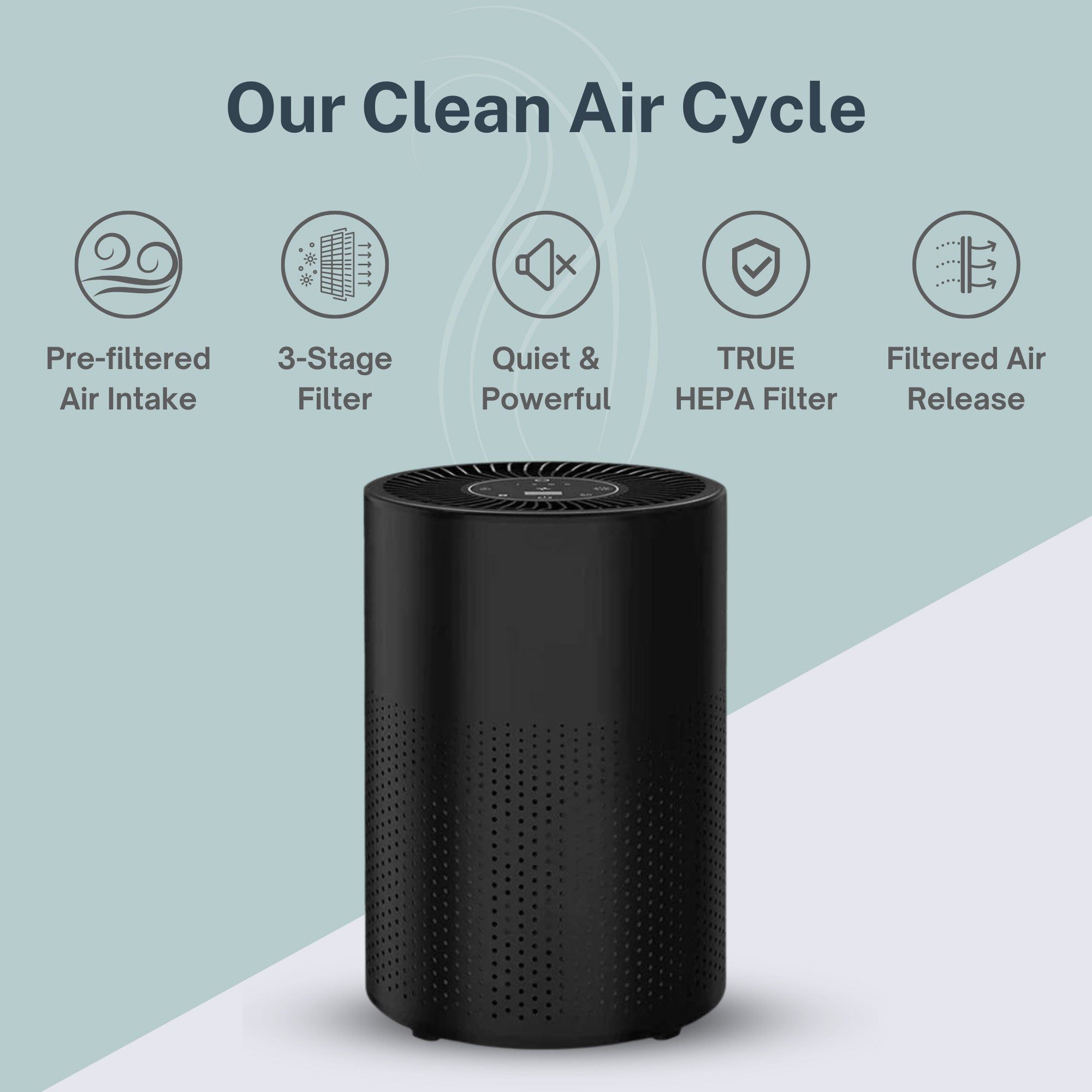The January wildfires were still raging in Pacific Palisades, with thick plumes of orange smoke blanketing Southern California's sky. Despite coughing up blood from breathing the toxic air, Adriana, a single mother of two, desperately tried to reach the strawberry fields where she works. She needed the day's wages to pay rent. Firefighters ultimately turned her away—another day of income lost, but perhaps her lungs temporarily spared.
Adriana's experience represents the impossible choice facing hundreds of thousands of California farmworkers during increasingly frequent wildfire seasons: risk their health by working in hazardous air conditions or lose the income they need to survive.
Current Protections Proven Inadequate
Five years ago, California implemented regulations requiring employers to take protective measures when air pollution reaches "unhealthy" levels—defined as 55 micrograms of fine particulate matter per cubic meter, or an Air Quality Index (AQI) of 150. These measures include distributing masks and potentially modifying work schedules.
However, groundbreaking new research from University of California, Davis suggests these standards are dangerously insufficient. Agricultural economists Timothy Beatty and Goeun Lee found that farmworkers suffer injuries at significantly higher rates during wildfire events—even at pollution levels currently deemed "safe" by California regulations.
"Almost all air-quality regulations and wildfire-smoke protection policies in the United States rely on predefined thresholds for air-pollutant exposure, which assume that exposure at levels below these thresholds poses no important health risks," the researchers wrote. "However, our research calls these thresholds into question."
The study, which correlated injury claims with wildfire locations from 2007 to 2021, estimates at least 282 farmworkers suffered wildfire smoke-related injuries in 2020 alone. These weren't just respiratory issues—the researchers found increased rates of traumatic injuries like falls, cuts, strains, and lacerations as smoke thickened in the fields.
Looking Through a Keyhole
The UC Davis researchers acknowledge their reliance on workers' compensation claims likely reveals only a fraction of the problem. Their analysis focused primarily on traumatic physical injuries, which are more likely to be reported and accepted as workplace incidents.
"Non-traumatic injuries are more frequently denied than traumatic injuries because it's pretty tricky to prove causal relationships in the workplace," explained Lee.
The gap between reported respiratory issues and actual harm is stark. While approximately one in ten hospital visits during wildfire season in California involve respiratory problems, these make up less than 1% of farmworker injury claims. Beatty described their data as "peeking through a keyhole"—capturing only the most visible impacts while missing the broader spectrum of health effects.
Adriana's experience illustrates this gap perfectly. She has reported falls in the strawberry fields but never sought help for her deteriorating lung function, believing "they can't do anything about it."
The Most Vulnerable Workers
"These farmworkers are among the most vulnerable workers in the country," said Daniel Jimenez, an outreach worker with United Farm Workers Foundation. "Most of them are migrants. Many of them only speak Spanish and even Indigenous languages, so it's hard for them to advocate for themselves."
This vulnerability creates a perfect storm during wildfire season. Workers like Adriana often lack the economic security to miss work, even when conditions are dangerous. Many are undocumented or have precarious immigration status, making them reluctant to report violations or seek medical care.
Moreover, the seasonal nature of agricultural work means lost days can't always be recovered. Missing work during harvest season can mean going without necessities like food and shelter.
Climate Change Intensifying the Problem
Scientists predict wildfire-related hazards will only worsen as climate change accelerates. While the overall number of wildfires may not significantly increase, the likelihood of devastating "megafires" is projected to grow substantially.
A 2024 study published in Nature found the frequency and magnitude of extreme wildfires have more than doubled globally since 2003, with six of the world's worst wildfire years occurring within just the previous seven years. These megafires burn longer, spread farther, and expose more people to hazardous smoke conditions for extended periods.
For California's agricultural regions, this trend presents a growing crisis. The state produces over a third of America's vegetables and two-thirds of its fruits and nuts—crops that require intense manual labor, often during the same hot, dry months when wildfire risk peaks.
A Model for Better Protection
The UC Davis researchers recommend California lower its air pollution threshold to match states with stricter standards. Washington state, for example, triggers safety protocols at AQI levels as low as 72—roughly half of California's threshold.
At this lower threshold, Washington employers must inform workers about air quality conditions and limit outdoor work to employees specifically trained for poor air quality days. When AQI reaches 101, employers must distribute N95 masks and take additional steps to reduce smoke exposure.
"When you have lower thresholds, you start training and providing resources earlier, which is beneficial long-term," explained Eddie Kasner, an exposure scientist at the University of Washington specializing in agricultural workers.
Beyond lower thresholds, Kasner recommends building cooling and clean-air tents to provide refuge during hazardous conditions. These infrastructure investments could offer crucial protection when outdoor work remains necessary despite poor air quality.
Industry Resistance and Regulatory Challenges
Despite the clear evidence, implementing stronger protections faces significant hurdles. California's Division of Occupational Safety and Health would need to update its rules—a process that could take years.
Industry representatives cite challenges with compliance and economic concerns. Bryan Little, policy advocacy senior director of the California Farm Bureau, noted that workers often resist wearing N95 masks because "they are not comfortable." He also pointed to tight agricultural profit margins when explaining industry opposition to paying workers during wildfire-related work stoppages.
"Our margins are already so tight in agriculture that expecting agricultural employers to pay for that is a surefire way to guarantee we're going to have even less agricultural employment in California," Little said.
California's overtime laws also complicate potential solutions. Assembly Bill 1066, enacted in 2016, grants farmworkers overtime pay after eight hours daily or 40 hours weekly. While intended to ensure fair compensation, this change has led many employers to limit workers' hours, reducing flexibility to make up for time lost to wildfire smoke.
The Reality in the Fields
For workers like Adriana, the gap between regulations and reality remains vast. She reports that farm managers often don't comply with even the simple requirement to provide masks, forcing workers to rely on bandanas or scarves for minimal protection.
During one particularly close wildfire, she recalls colleagues asking their boss if they could leave as flames approached. His response: "Only if it burns here."
This disconnect between policy and practice underscores why regulatory improvements alone won't solve the problem. Effective enforcement mechanisms, worker education about their rights, and addressing the economic insecurity that forces people to work in dangerous conditions are equally important components of a comprehensive solution.
Moving Forward: A Multi-Pronged Approach
Protecting California's farmworkers from wildfire smoke requires a coordinated approach that addresses both regulatory standards and underlying economic realities:
- Lower air quality thresholds to trigger protective measures before workers experience adverse health effects
- Improve enforcement mechanisms to ensure compliance with existing and future regulations
- Provide economic support for both workers and employers to reduce financial pressure to continue working in hazardous conditions
- Invest in infrastructure like clean air shelters and cooling stations at agricultural worksites
- Enhance worker education about rights and health risks, with materials in appropriate languages including indigenous dialects
- Develop more robust reporting systems that capture the full spectrum of health impacts beyond traumatic injuries
The UC Davis research provides compelling evidence that current standards inadequately protect some of our most essential and vulnerable workers. As climate change intensifies wildfire risks, the human and economic costs of inaction will only grow.

























































